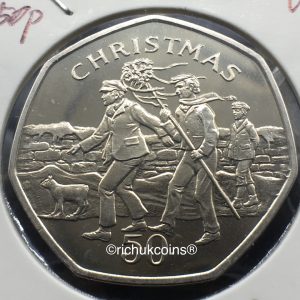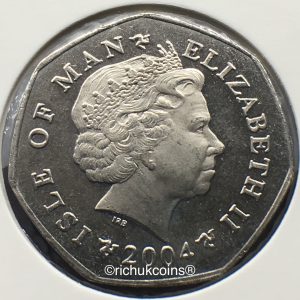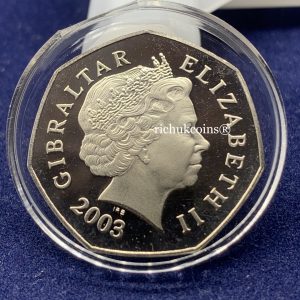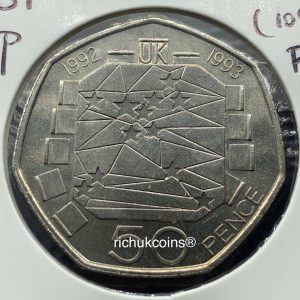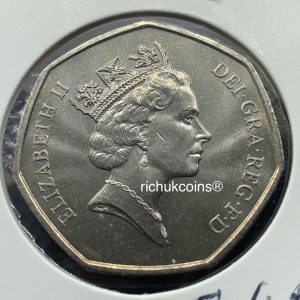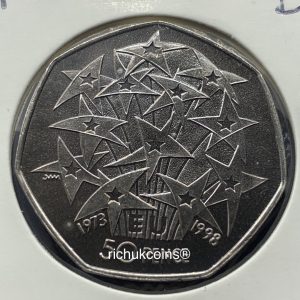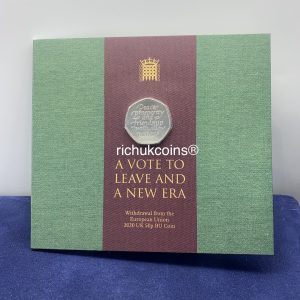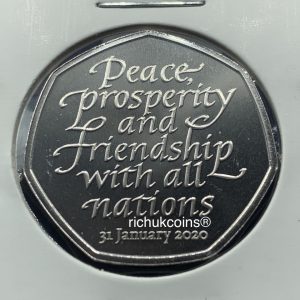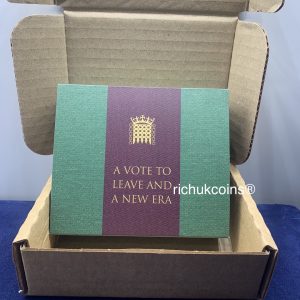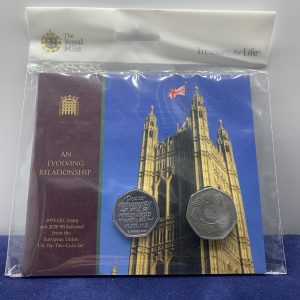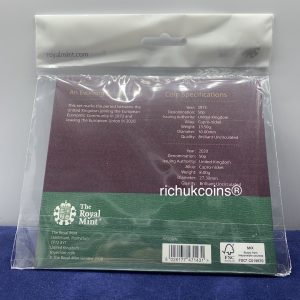Published on
Last Updated on:
The UK coin market is about to reshuffle its prosperity where it was again, considering a higher inflation of 5.5% at the moment and precious metals uptrend. The first time, it happened in 2016, where the first coloured 50p silver proof coin Blue Peter made by the Royal Mint, when the Pobjoy Mint was quarrelling the coinage contract with the Isle of Man government. At this point, the Royal Mint finally finds a way through their difficulty of gaining profits. The second time, it happens in 2022 during the Queen Platinum Jubilee year, evidence of the trial piece auctions held in 09/2021 and one more to come in 03/2022. This time, it gives the Royal Mint more confidence to play around the UK market, because of the monopoly situation domestic.
If we are going to talk about currency and commemorative coins, the best way is to comparing the coins made by the Pobjoy Mint and the Royal Mint. If you have to add the Tower Mint up, they are nothing. Some outsourcing mints are not worth a word. Do not take these words as an offence. At some point, the Pobjoy Mint is the underdog, in terms of ownership, the Royal Mint — the UK government owned mint, and the Pobjoy Mint — a family run private business.
A decimal system was established in 1971 to present where had many changes over the period, like redesign, resize and etc. The first cut-off time of a internal competition for the both mints are as follow:
*1972 to 1975, the Pobjoy Mint
The Pobjoy Mint master started to submit a workable proposal to the Isle of Man government, in order to gain a coinage contract. Finally, they did it and minted coins from 1975 onwards.
*2009, the Royal Mint
The Royal Mint was set up in a way of a private limited company in England from Project Alpha in 2009. It is very interesting to see this, the project was not existing too long, and then a government owned mint was open the door. However, the Royal Mint limited is just like a front-end company by providing services or/and goods, but they still have a back-end company, so-called Royal Mint Services Limited which provides goods or/and technique stuff. All available info you are able to search on Companies House website.
**2004, the Pobjoy Mint
A 50p coin of the T.T. Trophy was issued in 2004 alongside Miller’s Tower 50p coin on the island. This is a bit strange, if you look at 2007 ones of the T.T. Trophy 50p coin. They have a sample in 1994, very similar pattern, but it is no way to bring you towards sunshine if you add up the latter information. Here, it proves that the currency and commemorative coin has slip into a commercialisation period. Evidence 2003 Snowman 50p coin reducing mintage from 30k to 10k.
**2016, the Royal Mint
When the fight was still going on between the Pobjoy Mint and the IOM government, the Royal Mint issued their very first 50p silver colour-printed coin in 2016. It was a success. Plus, they have got a new CEO with a posh idea luxury gifting goods in place. Coin made in 2017 onwards like £2 20p (ex.2018) were NOT put into circulation. Here, it says that coins are goods purely and only made for profits.
Not too long after the celebration day of decimal day in 2019, you clearly see that this coin business has gone far far off-track in terms of a currency coin and a commemorative coin. The Royal Mint has made another story of 2019 Kew 50p coin which it has gone over the roof in price again. Yes, commemorative coins survived and currency coins dead. It echoes the Royal Mint long term strategy gifting, mintage and cashless.
To modern young collectors, modern coins wont hold your hobby too long, and the money you throw in it will shortly be a lot of scrap metals at the end. We have to ask ourselves hard, what is a coin? Once the cashless society is in place, where a coin stands?
#The End






















